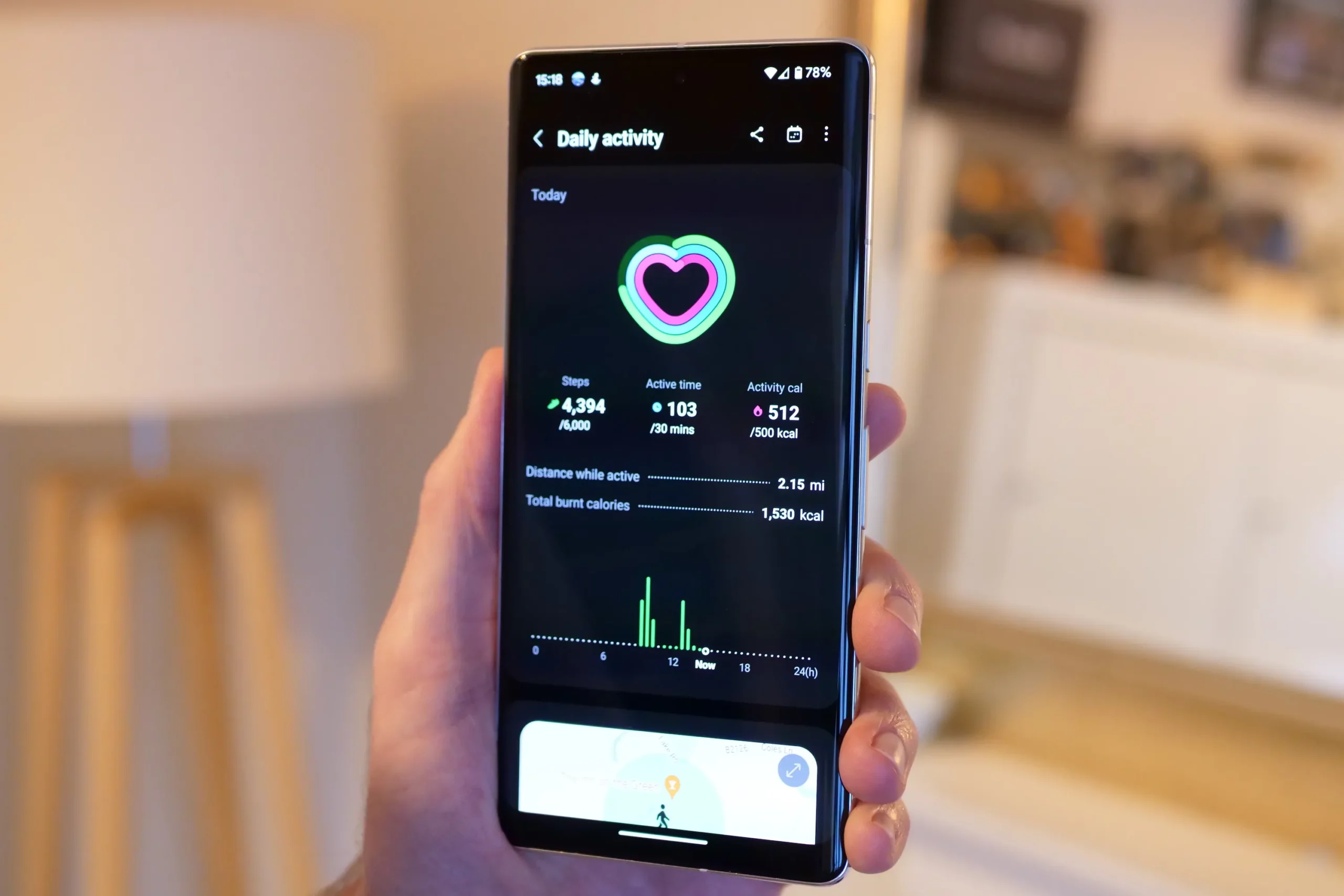
In the world of software development, Agile and DevOps are two prominent methodologies that aim to improve efficiency, speed up development cycles, and enhance software quality. Both approaches have revolutionized how teams work, but they serve different purposes and focus on different areas of the development lifecycle.
Moreover, modern advancements, such as AI for software testing and generative AI testing tools, are increasingly being integrated into both methodologies, further enhancing their effectiveness.
In this blog, we’ll dive into the key differences between DevOps and Agile, how they complement each other, and where AI and generative AI testing tools like Virtuoso fit into the picture.
What is Agile?
Agile is a software development methodology that emphasizes iterative development, flexibility, and close collaboration with stakeholders. Agile breaks the development process into smaller, manageable cycles called “sprints,” which typically last 2-4 weeks. The goal is to deliver working software at the end of each sprint and adjust based on continuous feedback from stakeholders.
Key principles of Agile include:
- Iterative Development: Agile development delivers small increments of a project, focusing on getting working software out frequently for review and refinement.
- Customer Collaboration: Agile encourages continuous involvement of stakeholders to ensure that the product evolves in line with user needs.
- Adaptability: One of the biggest strengths of Agile is its flexibility, allowing teams to adapt to changing requirements and market conditions.
Agile methodologies such as Scrum and Kanban are widely used in modern software development environments to encourage fast-paced, adaptive planning.
What is DevOps?
DevOps is a set of practices that aim to improve collaboration between development (Dev) and operations (Ops) teams, focusing on automating workflows and streamlining the software release process. DevOps is all about breaking down silos between traditionally separate teams to achieve faster and more reliable software delivery.
Key principles of DevOps include:
- Collaboration Across Teams: DevOps emphasizes close cooperation between development, operations, and QA teams, ensuring that everyone shares responsibility for delivering and maintaining software.
- Continuous Integration/Continuous Delivery (CI/CD): DevOps relies heavily on automation to integrate code, run tests, and deploy software more frequently and consistently.
- Monitoring and Feedback: Continuous monitoring of applications in production is a critical part of the DevOps culture, enabling teams to respond quickly to performance issues or bugs.
By focusing on automation and collaboration, DevOps helps teams release software faster while ensuring stability and scalability.
The Key Differences Between Agile and DevOps
While Agile and DevOps both aim to improve software delivery, they focus on different aspects of the process:
- Scope:
- Agile: Primarily focuses on the development cycle, emphasizing flexibility in planning and delivering working software in small increments.
- DevOps: Encompasses the entire software lifecycle, integrating development, operations, and testing to automate and streamline the entire workflow.
- Team Structure:
- Agile: Agile teams are typically small and cross-functional, including developers, testers, and product managers who collaborate closely.
- DevOps: DevOps extends beyond the development team to include operations, testing, and support teams, ensuring collaboration across the entire delivery pipeline.
- Process:
- Agile: Agile processes are focused on iterative development, adapting to changing customer requirements, and delivering frequent updates.
- DevOps: DevOps focuses on automating workflows, improving deployment frequency, and ensuring continuous feedback to optimize the software lifecycle.
- Testing Approach:
- Agile: Testing is integrated into each sprint cycle, and teams work together to ensure that the software is tested iteratively.
- DevOps: Testing in DevOps is automated as much as possible, using continuous testing tools and practices to ensure that every code change is validated before it’s deployed.
How AI for Software Testing Fits into DevOps and Agile
Both Agile and DevOps benefit from advancements in AI for software testing. As the pace of development accelerates, manual and traditional automated testing methods struggle to keep up with frequent updates and changing requirements. AI-driven testing tools enhance both Agile and DevOps by introducing smarter, faster, and more reliable testing processes.
- Smarter Test Generation: AI-powered tools can automatically generate test cases by analyzing code and understanding patterns. This reduces the manual effort required to write tests, ensuring better test coverage without added complexity.
- Adaptive Testing: AI-driven tools can adapt to changes in the application, automatically updating test scripts when code or interfaces change, reducing the maintenance burden for both Agile and DevOps teams.
While Agile and DevOps serve distinct purposes in software development, they are complementary in their goals of improving efficiency, collaboration, and the speed of delivery. Agile focuses on adaptive planning and iterative development, while DevOps integrates development, testing, and operations into a seamless, automated workflow.











